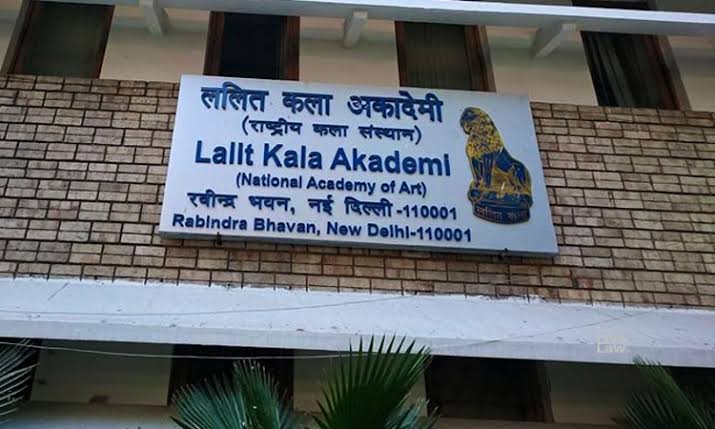
It is the financial regulators who get regular beating for jumping ahead of the curve in monetary policy management. They also figure as the convenient punching bag for being behind the curve too, at other times. The Bank for International Settlements (BIS), headquartered in Basel, Switzerland, tasked the Basel Committee on Banking Supervision (BCBS) with recommending capital standards that could prevent bank failures. The BCBS’s evolution gained salience as the global standard setter through the three BASEL Accords of 1988, 2004 and 2010. These accords attempted to standardise the definition of ‘bank capital’ and the methodologies to compute the minimum requirement to support a bank’s balance sheet. These recommendations endeavoured to insulate the financial sector from bankruptcies of financial intermediaries. But bank failures continued to surface even after the accords. Were the BIS and the BCBS behind the curve?
The learnings from bank failures formed the raft of recommendations from the first to the third accord of BCBS. While the first accord took a one-size-fits-all approach, the BCBS turned more risk sensitive through Basel 2, and suggested incentivising banks to save on regulatory capital on the basis of asset quality. Yet the likes of Lehman Brothers and Northern Rock Bank folded up in 2008. The BCBS realised that Northern Rock failed the rock test because of inadequate robustness in their asset-liability management rather than asset quality concerns. Their over-dependence on wholesale resources and assets and the sudden drying up of liquidity in these instruments threw up liquidity risks, though the bank did not carry significant asset impairment risks. As a fallout of this fiasco, the BCBS introduced Capital Conservation Buffer (CCB) as additional capital to buttress the banks’ balance sheets and address liquidity concerns. They also recommended Liquidity Coverage Ratio (LCR) and Net Stable Funding Ratio (NSFR) which banks have been complying with, to insulate them from liquidity risks.
The abrupt folding up of Silicon Valley Bank (SVB) on March 10 2023 is another instance of these capital-related prescriptions being found to be inadequate to address liquidity risk. Was the BCBS behind the curve or Gregory Becker, the Chief Executive Officer of SVB Bank, ahead of the curve? What led Becker to jump ahead? He has grown with the bank for more than three decades and has been heading it since 2011. His groundbreaking outreach to start-ups has made the bank’s name synonymous with the innovation sector and Silicon Valley is home to technology and homecare companies. The bank found itself vaulted into the group of top 20 banks in the United States. SVB’s stock joined the S&P 500 index in 2018. It carried customer liabilities close to $ 175 billion. The journey since 1983 has been rosy and juicy and it has an office in Bengaluru, touted as India’s Silicon Valley city.
As part of Fed Reserve’s endeavours to stay ahead of the curve amidst the Covid-19 pandemic, there was an unremitting infusion of liquidity into the system. The central banks of other nations too merrily followed suit. When the Fed Reserve had to grapple with roiling inflation, it began pulling the trigger for rate hikes. The benchmark US Ten-Year sovereign curve touched 4.01 % on March 9, 2023 from the low of 0.54% on 21st April 2020. The start-ups and the public in general found it difficult to fund their needs after the 347 basis points rise in the benchmark yield curve.
They began demanding funds from banks, SVB included. SVB had to offload its investments in US Treasuries to meet the liquidity needs. The liquidity came at a heavy price. As interest rates had gone up, the price of treasury bonds had dropped. The resultant failure to generate liquidity dented the capital base of SVB. It announced a stock sale to shore up capital. The market is self-fulfilling. The stock lost 60% in a single day. The capital raising plan had to be shelved. Before Gregory Becker could retrace the curve, the Federal Deposit Insurance Corporation (FDIC) stepped in on March 10 and placed the bank under receivership. While the deposit liabilities of SVB are at $175 billion, the FDIC offers insurance protection only up to $250,000 to each retail investor. The financial loss to the public in an economy that is staring at recession is humungous.
The collateral damage to the financial sector has been contagious. Other banking stocks lost $52 billion in market value on a single day.
The tussle between the devas and asuras as to who will hold the head and tail of the serpent Vasuki while churning the milky ocean for Amrut is well known. Similarly, the tussle between regulators and market functionaries will always exist. The BCBS may push for Basel Accord “n”, yet the likes of Gregory Becker would be nudged by avarice to jump the curve.
Subscribe to our channels on YouTube & WhatsApp












I have heard from “ enterprising “ Silicon Valley startup enthusiasts belonging originally to India as to how the banks and other financial systems in the US are pliable to blandishments and underhand dealings . The SVB collapse is also a reflection of these inbuilt fault lines . Wish the author would probe this angle too and come up with a follow up article . But I must also add the present article summed up the state of affairs well